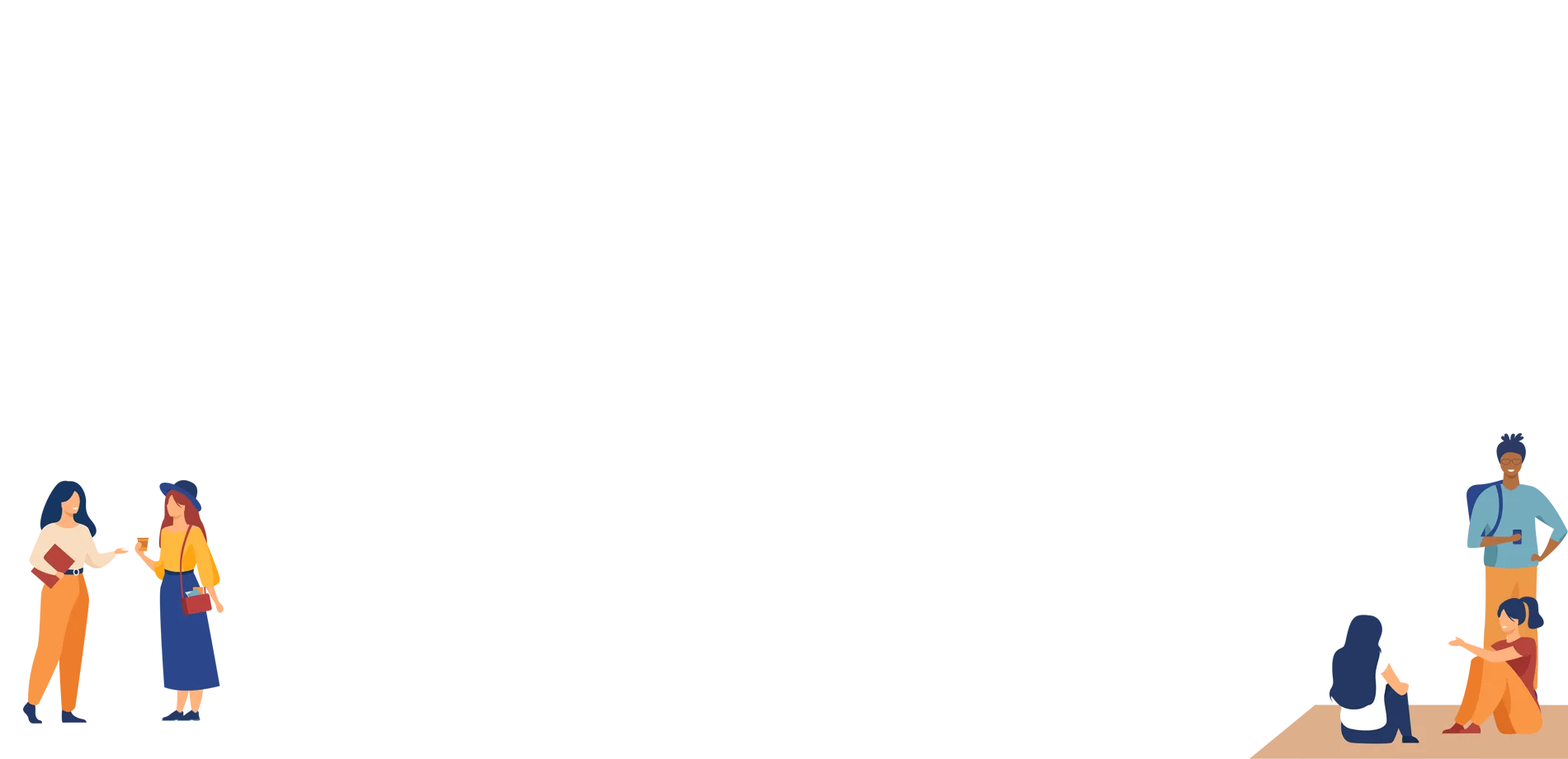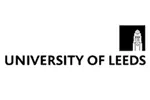

| The award | How you will study | Study duration | Course start | Domestic course fees | International course fees |
|---|---|---|---|---|---|
| MA | Full-time | 12 months | September | GBP 15250 total | GBP 30250 total |
This Masters course focuses on user-centred design and empowers you to develop research and practice-based design solutions to respond to a demanding industry and rapidly changing society.
Whether your background is in design or in another discipline, you will gain the skills and knowledge you need to develop, test and evaluate innovative design strategies and solutions for real-life situations. You will gain first-hand experience of current needs and trends across a range of sectors and focus on a large-scale design project within one of the specialisms offered.
Taught by staff with a wide range of design expertise and internationally recognised profiles in research and practice, you will build an interdisciplinary approach to design in a stimulating environment while being exposed to and involved in cutting-edge research. You will also gain a variety of practical and research skills to prepare you for a wide range of careers.
Specialist facilities
The School of Design offers excellent facilities and technical support for developing your creative skills. We have a range of dedicated spaces where students can work independently. We also have a number of practical workshops, studios and specialist facilities: Sculpture Studio; 2D Art Studio; Fashion Design Studio; Knit and Weave Studio; Photography Studio; Digital Print workshop; Laser cutting and 3D Print workshop; Printmaking Workshop; XLab for Immersive Technologies and 3D workshop. We provide access to a team of excellent technicians across the full range of skills who can help you to realise your work to reach its potential.
The School also provides a range of other support to enhance the student experience and prepare students for the workplace: free dedicated software; a wide range of technical induction programmes; free access to Linked-in-Learning Tutorials; free cameras and video recorder on loan; supporting a Degree Show; external promotion; Visiting Speakers, who are well known figures from industry or other institutions around the world.
As an MA Design student, you'll have timetabled technical support in semesters 1 and 2 to help you develop the specialist skills you need for your design projects.
Below are some suggested courses at other providers that you may also be interested in:
Graduate Diploma of Engineering (Mechanical) Graduate Diploma
Engineering Institute of Technology
Find out moreMaster of Engineering in Logistics and Supply Chain Management (ZLOGb) Graduate Diploma
Zaragoza Logistics Center (ZLC)
Find out morePsychology MRes, MRes, Graduate Diploma, Graduate Diploma
University of Greater Manchester
Find out moreBuilding Surveying Graduate Diploma
The University of the West of England, Bristol (UWE Bristol)
Find out morePre-Master's Programme in Art and Design Pre-Masters, Postgraduate
ONCAMPUS Southampton
Find out moreIf you do not meet the entry requirements for this course then consider one of these postgraduate preparation courses from another institution:
Master of Engineering in Logistics and Supply Chain Management (ZLOGb)
Zaragoza Logistics Center (ZLC)
Find out moreThere are 868 other courses listed from University of Leeds. A selection of these are displayed below:
Join the StudyLink email list and never miss a chance to turn your study abroad dreams into reality!

See other universities in Leeds
Find out more about studying in the United Kingdom